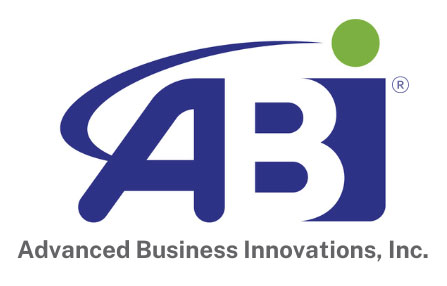‘ Exploring Different BEC Scenarios
Cyber attacks often originate from emails, serving as the launching pad for 91 percent of such incidents. Here are the most prevalent types of BEC scams to watch out for:
- Data Theft: By infiltrating HR departments, attackers pilfer sensitive data, enabling them to execute other BEC scams more convincingly.
- False Invoice Scheme: Impersonating legitimate vendors, scammers send faux bills that closely resemble authentic ones, diverting payments to fraudulent ones.
- CEO Fraud: Cybercriminals either hack into or spoof a CEO’s email to manipulate employees into making unauthorized purchases or money transfers.
- Lawyer Impersonation: Intruders breach law firms’ email accounts, using their legitimacy to send clients deceptive invoices or payment links.
- Account Compromise: Using phishing or malware, scammers breach finance employees’ email accounts and send fake invoices to suppliers, redirecting payments to their fraudulent accounts.
Whose At Risk?
High-Risk BEC Targets BEC scams do not discriminate. Organizations of all types, including businesses, governments, nonprofits, and educational institutions, are vulnerable. Those in the following roles are particularly targeted:
- Executives and Leaders: Publicly available information makes them susceptible to impersonation
- Finance Employees: Their access to financial data makes them lucrative targets.
- HR Managers: Social security numbers, contact info, and schedules in their possession make them vulnerable
- New Employees: Lack of experience leads to difficulty in verifying sender legitimacy.
Prevention and Protection
- Secure Email Solutions: Implement email apps like Office 365 with built-in spam filters and advanced phishing protection.
- Multi-factor Authentication (MFA): Enhance security by requiring additional verification steps along with passwords.
- Educate Employees: Train staff to identify phishing links, domain discrepancies, and other warning signs.
- Security Defaults: Tighten security across the organization by mandating MFA, authenticating access, and resetting compromised passwords.
- Email Authentication Tools: Employ SPF, DKIM, and DMARC to authenticate sender information and thwart spoofing.
- Secure Payment Platforms: Transition to secure payment systems designed to authenticate transactions.
Stay vigilant and proactive in safeguarding your business against the growing threat of BEC scams. Your cybersecurity defenses are your best shield against this ever-evolving menace. If you have any questions, please reach out to hello@avbinnovations.com



